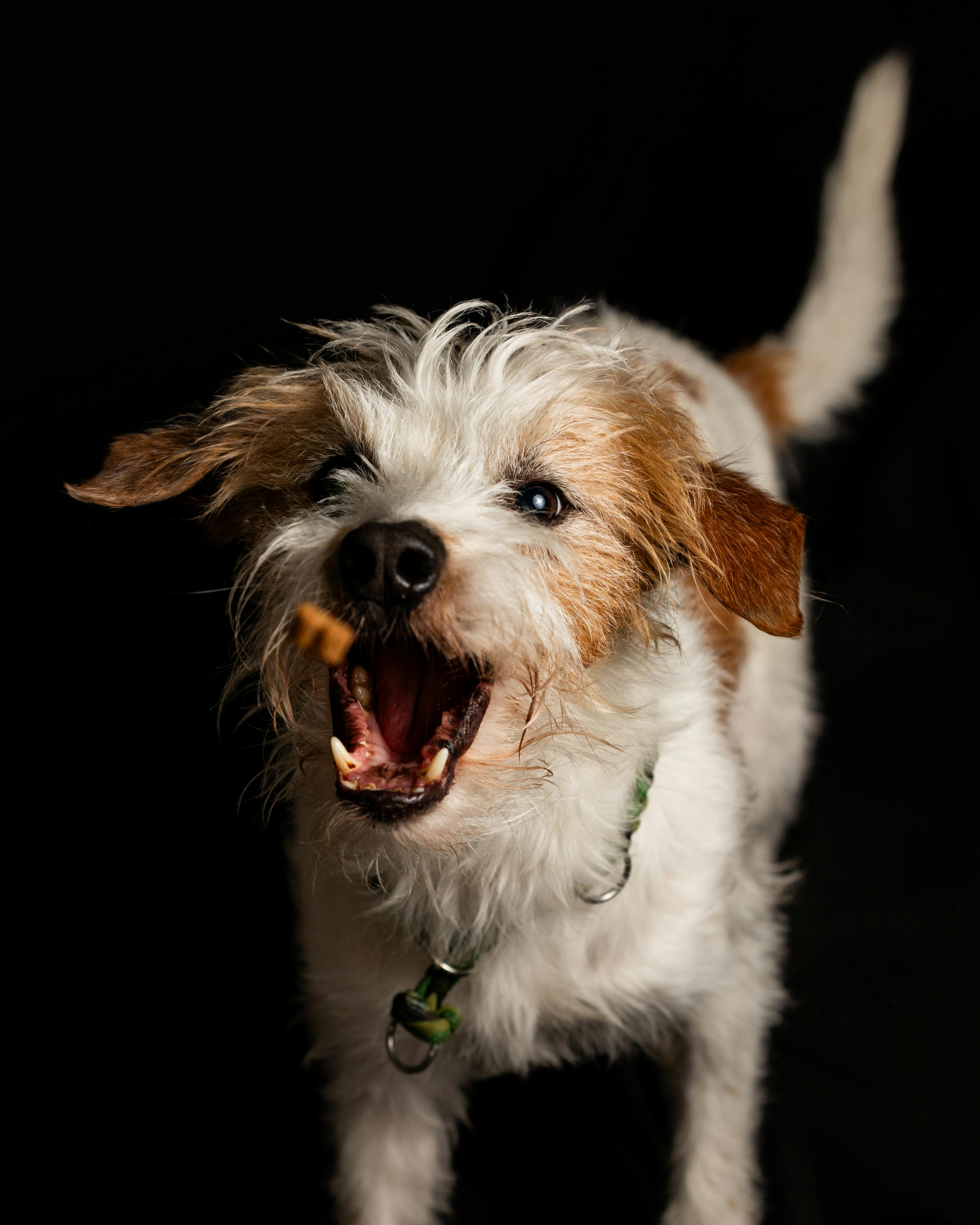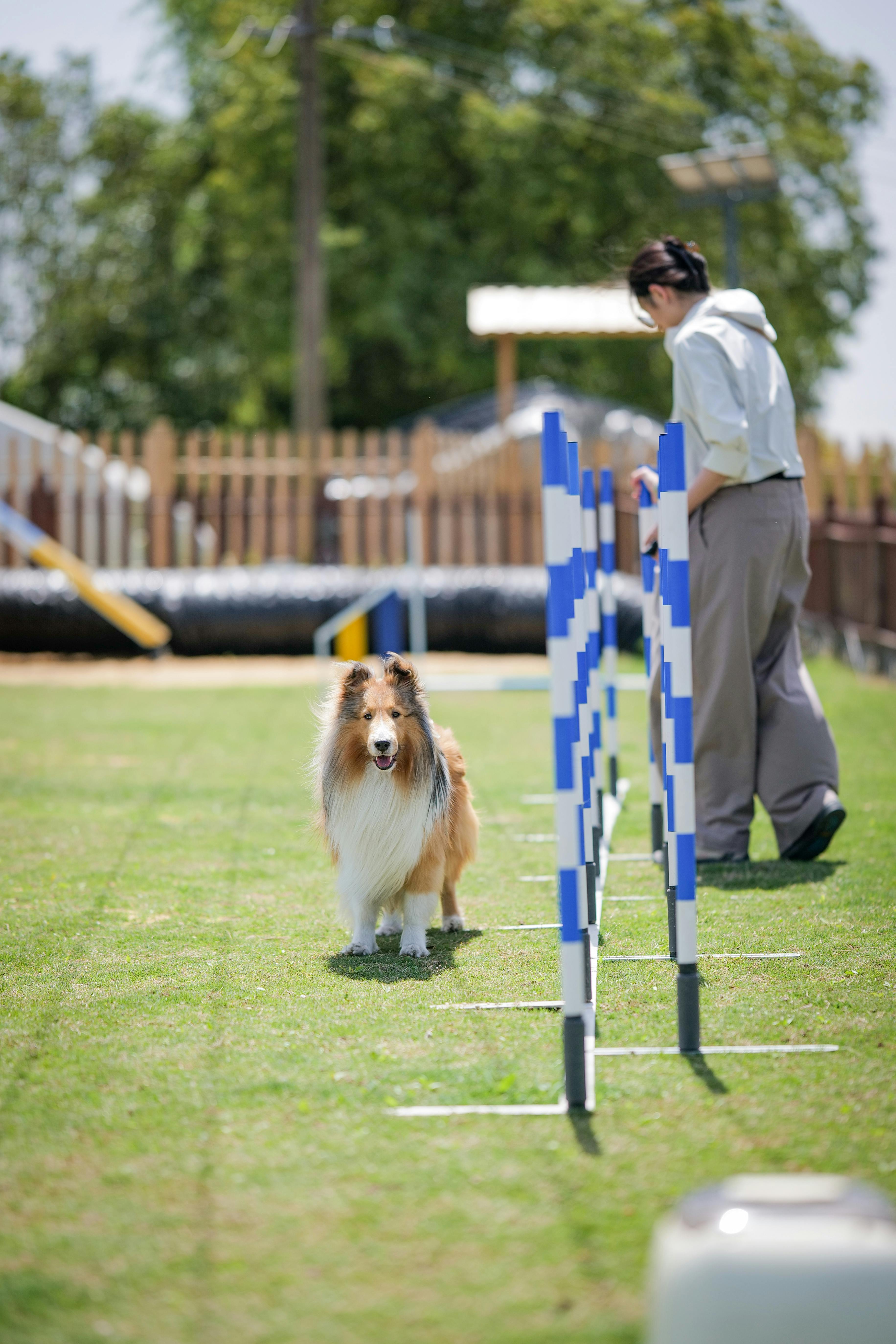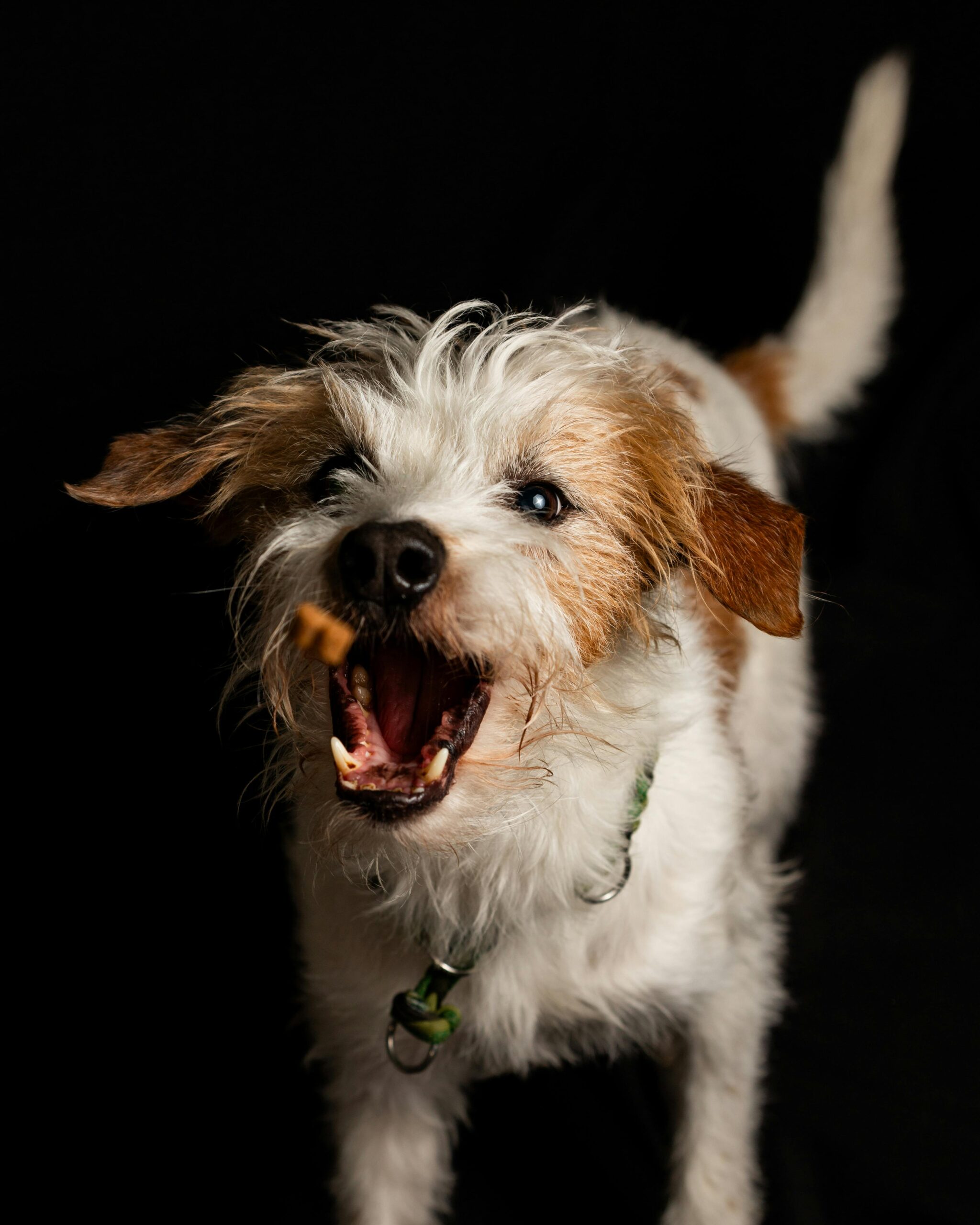Dog Training Quotes: Inspiring Words to Guide Your Journey
Training your dog can be a challenging but incredibly rewarding experience. It’s a journey that requires patience, understanding, and consistency. This article explores some of the most inspiring dog training quotes that can motivate and guide you through the ups and downs of training your furry companion. Whether you’re a first-time dog owner or an experienced trainer, these quotes will remind you of the importance of patience and the power of positive reinforcement in dog training.

Understanding the Fundamentals of Dog Training
Before diving into specific quotes, it’s important to understand the fundamentals of dog training. Dog training is not just about teaching a dog to sit or stay; it’s about building a relationship with your pet and creating an environment where learning is fun and productive. The right approach to training is crucial, as it shapes your dog’s behavior and helps foster a lasting bond between you and your pet.
At its core, dog training involves teaching your dog commands, behaviors, and appropriate responses to various stimuli. Understanding key principles such as consistency, timing, and positive reinforcement will set the foundation for success in your training journey.
1.1 Consistency in Dog Training
One of the most essential elements of successful dog training is consistency. Dogs thrive on routine, and they respond best when commands are always the same and the rules never change. Consistency creates clarity for your dog, allowing them to understand exactly what is expected of them.
For example, if you use the command “sit” to make your dog sit, it’s important that you use the same word every time. Inconsistent commands can confuse your dog, making it harder for them to understand what you want. Consistency in your actions, rewards, and corrections is key to building a strong foundation for positive behavior.
1.2 Positive Reinforcement
Positive reinforcement is one of the most effective training techniques. By rewarding your dog when they perform a desired behavior, you increase the likelihood that they will repeat that behavior. Rewards can come in many forms, such as treats, praise, or playtime.
This technique is far more effective than using punishment or negative reinforcement, which can lead to fear and anxiety in your dog. Instead, focus on reinforcing positive behaviors, which fosters trust and a happy, well-adjusted pet.
Practical Implementation Guide
Now that we understand the basics, let’s dive into how to practically implement these training principles. Here are some actionable steps to help you put your knowledge into practice and achieve successful dog training outcomes.

2.1 Actionable Steps
- Step 1: Start with the Basics: Begin by teaching your dog simple commands like “sit,” “stay,” and “come.” These fundamental commands form the basis of all future training.
- Step 2: Use Positive Reinforcement: Reward your dog with treats or praise when they follow commands correctly. This will encourage them to repeat the behavior.
- Step 3: Be Consistent: Always use the same commands and reward system. Consistency will help your dog learn faster and make training easier.
2.2 Overcoming Challenges
While dog training can be rewarding, it also comes with its challenges. Here are some common obstacles and solutions to help you stay on track.
- Distraction: If your dog gets distracted easily, start training in a quiet environment and gradually increase the level of distractions.
- Inconsistent Progress: If you feel like progress is slow, remember that dogs learn at their own pace. Stay patient and adjust your training techniques if necessary.
- Frustration: If you or your dog get frustrated, take a break and come back to training later. Both of you need to stay calm and focused.
Advanced Applications
Once you have mastered the basics, it’s time to move on to more advanced techniques that can further improve your dog’s behavior. These methods require a deeper understanding of your dog’s personality and behavior, but with practice, they can help you achieve a higher level of training success.

3.1 Clicker Training
Clicker training is a popular advanced technique that uses a small device that makes a clicking sound to mark desirable behaviors. The sound of the clicker acts as a signal to the dog that they’ve done something right and a reward is coming.
This method is highly effective because it provides clear communication to the dog and makes training more precise. It’s especially useful for shaping more complex behaviors and for dogs that may have a harder time understanding verbal commands.
3.2 Off-Leash Training
Off-leash training is an advanced skill that allows your dog to follow commands even when they are not tethered to you by a leash. It’s a great way to build trust and reinforce your dog’s ability to listen in any situation.
However, off-leash training should only be attempted once your dog has mastered basic commands and can follow them reliably while on a leash. It’s essential to practice in a safe, enclosed area before taking your dog off-leash in public spaces.
Future Outlook
The world of dog training is constantly evolving, with new techniques and tools emerging all the time. One exciting development is the rise of technology in training, such as apps that offer virtual training sessions and behavior tracking.
Looking ahead, we can expect to see more research on canine behavior and the development of even more effective training tools. As dog owners, staying informed and adaptable will help us keep up with these changes and continue to provide the best possible training for our pets.
Conclusion
Dog training is an ongoing journey, and the right mindset is key to success. Remember the importance of consistency, patience, and positive reinforcement in shaping your dog’s behavior. Use the tips and insights from this article, along with the inspiring dog training quotes, to stay motivated and keep progressing in your training efforts.
If you’re ready to start your own dog training journey, take the first step today by focusing on one command at a time. And remember, the bond you build with your dog through training will be invaluable for years to come.
Frequently Asked Questions
- Q: What is the best age to start dog training? It’s ideal to start training as early as possible, but even adult dogs can learn new behaviors with the right approach.
- Q: How long should training sessions be? Keep training sessions short (5-10 minutes) but frequent. This helps maintain your dog’s focus without overwhelming them.
- Q: Can I train my dog without treats? Yes, although treats are a powerful motivator, praise and playtime can also serve as effective rewards.
- Q: How much time will it take for my dog to learn a command? It varies by dog, but with consistent practice, most dogs can learn basic commands in a few weeks.
- Q: Should I seek professional help? If you’re struggling, consulting with a professional dog trainer can provide personalized guidance and support.
- Q: What’s the difference between positive reinforcement and negative reinforcement? Positive reinforcement rewards desired behavior, while negative reinforcement removes an unpleasant stimulus when the dog performs correctly.
- Q: Can advanced techniques like clicker training work for all dogs? While most dogs respond well to clicker training, some may need additional time to adjust. It’s important to tailor your approach to your dog’s personality.
